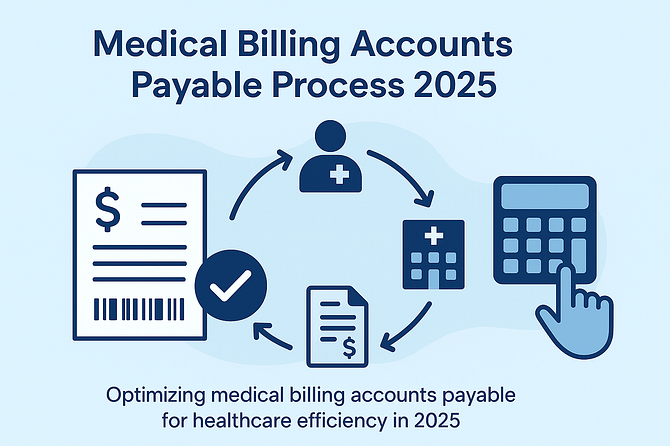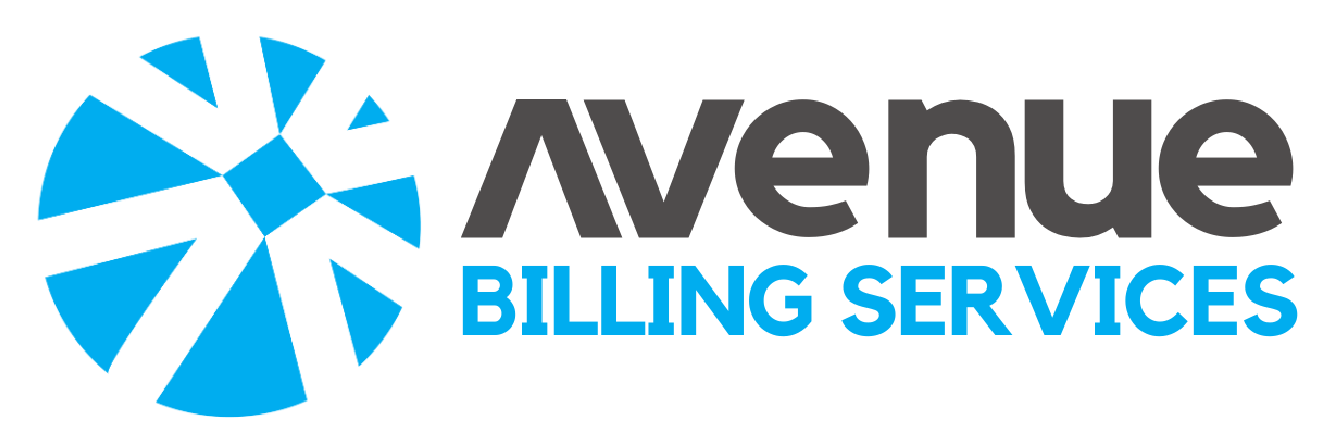
How to Improve the Accounts Payable Process in Medical Billing for 2025
The accounts payable process plays a vital role in maintaining financial stability across every business. In the medical billing industry, its accuracy and reliability are even more essential. At Avenu Billing Services, we understand that timely and accurate vendor payments help maintain smooth operations, protect relationships with partners, and ensure compliance with healthcare finance standards.
However, many organizations still struggle with issues such as delayed payments, data errors, fraud risks, and compliance challenges. As we move toward 2025, businesses must modernize their AP systems and adopt digital transformation in healthcare finance.
This article explores the current accounts payable landscape, highlights key AP trends for 2025, and shares practical steps to improve your AP workflow. By leveraging automation tools and modern AP technology, companies can reduce manual work, minimize costs, and strengthen their financial systems.
Why Medical Billing Accounts Payable Matters for Healthcare Providers
Understanding the Accounts Payable Process
Accounts payable (AP) refers to the money a company owes its vendors or suppliers for products or services received on credit. In medical billing, this could include payments for coding software, data management systems, or vendor support services.
The goal of AP is to verify invoices, ensure accuracy, and process payments within agreed deadlines while complying with internal and legal rules.
Common Challenges in Accounts Payable
Despite technological progress, many healthcare and billing companies still face common AP challenges, such as:
-
Manual data entry: Time-consuming and prone to human error.
-
Poor invoice tracking: Missing or duplicate records without a central system.
-
Late payments: Resulting in penalties and damaged vendor relationships.
-
Fraud and compliance issues: Due to weak internal controls.
-
High operational costs: Caused by inefficient manual workflows.
These pain points underline the growing need for accounts payable automation and digital transformation in finance.
Key Accounts Payable Trends for 2025
1. AI and Machine Learning in Invoice Processing
Artificial intelligence (AI) and machine learning now make it possible to capture, validate, and route invoices automatically. In medical billing, this technology speeds up invoice approvals, minimizes human error, and enhances accuracy in financial reporting.
2. Cloud-Based AP Systems
Cloud technology allows AP teams to work remotely and collaborate in real time. It also integrates smoothly with ERP systems, improving visibility and efficiency for billing companies managing multiple clients.
3. Data Security and Fraud Prevention
With increased cyber threats, healthcare organizations must focus on secure payment systems. Strong encryption, access controls, and AP system integration protect sensitive financial and vendor data.
4. Touchless Invoice Processing
End-to-end automation allows invoices to be captured, matched, approved, and paid without manual input. This touchless invoice processing approach reduces errors, shortens payment cycles, and enhances productivity.
5. Sustainability Through Digital Workflows
Switching to paperless, digital AP systems supports both environmental sustainability and operational efficiency. Reducing paper invoices saves resources and simplifies audit trails.
Best Practices to Improve the Accounts Payable Process
1. Standardize and Document Workflows
Create detailed AP procedures to ensure your team follows consistent steps. Documenting every stage of the process reduces errors and improves accountability.
Use automation tools such as Docparser or Klippa to capture invoice data accurately and quickly.
2. Digitize Invoice Management
Adopt optical character recognition (OCR) software to scan and extract invoice details. This eliminates manual entry and reduces the risk of missing or duplicate invoices.
A centralized invoice management system ensures quick access to records, helping with audits and compliance.
3. Automate Repetitive Tasks
Automate invoice reviews, approvals, and payment scheduling. Integrate AP systems with your billing and ERP platforms to provide real-time visibility and decision support.
Customized automation can also help manage vendor invoices related to credentialing, software, or healthcare analytics.
4. Strengthen Vendor Communication
Set up vendor self-service portals so suppliers can check their invoice and payment status. This transparency builds trust, minimizes disputes, and saves communication time.
5. Ensure Compliance and Internal Controls
Implement layered approval structures and digital audit trails. Use analytics to detect duplicate invoices, verify vendor details, and identify irregular payments.
These internal controls reduce fraud risks and ensure compliance with healthcare financial regulations.
6. Monitor and Analyze Performance Metrics
Track key performance indicators (KPIs) such as:
-
Days Payable Outstanding (DPO)
-
Cost per invoice
-
Percentage of electronic payments
-
Vendor satisfaction ratings
Regularly review analytics to spot inefficiencies and optimize workflows.
Leveraging Technology for AP Transformation
Benefits of AP Automation
Modern AP automation platforms help medical billing companies streamline every step of their process:
-
Reduce manual errors through automated invoice validation
-
Improve visibility with real-time dashboards and status tracking
-
Integrate easily with billing, ERP, and accounting systems
-
Strengthen data security and prevent unauthorized payments
Proven Results from Automation
Organizations using AP automation report up to 70% faster processing times and significant cost reductions. Vendors also experience timely payments, boosting trust and satisfaction.
Choosing the Right AP Software
When selecting an accounts payable automation tool, consider:
-
Compatibility with existing ERP or billing systems
-
Support for AI-based invoice validation
-
Vendor management and portal functionality
-
Scalability for future growth
Avenu Billing Services recommends platforms that combine touchless invoice processing with AI-powered fraud prevention for maximum efficiency.
2025 Goals for Accounts Payable Teams
To stay ahead, AP teams should focus on:
-
Digitizing all invoice and payment processes
-
Eliminating late payments and improving cash flow
-
Upskilling staff on new tools and best practices
-
Embracing continuous improvement and data-driven decisions
By following these strategies, your AP department will be ready for the evolving medical billing landscape in 2025.
Conclusion
At Avenu Billing Services, we help healthcare organizations streamline and modernize their accounts payable process through advanced automation and digital transformation.
Our customized AP solutions ensure faster invoice approvals, accurate processing, and stronger vendor relationships. By connecting AP systems with existing billing and ERP platforms, we help clients achieve transparency, compliance, and control over financial operations.
Partnering with Avenu Billing Services means reducing costs, improving accuracy, and preparing your business for the future of accounts payable in 2025.
Leave a reply
Leave a reply